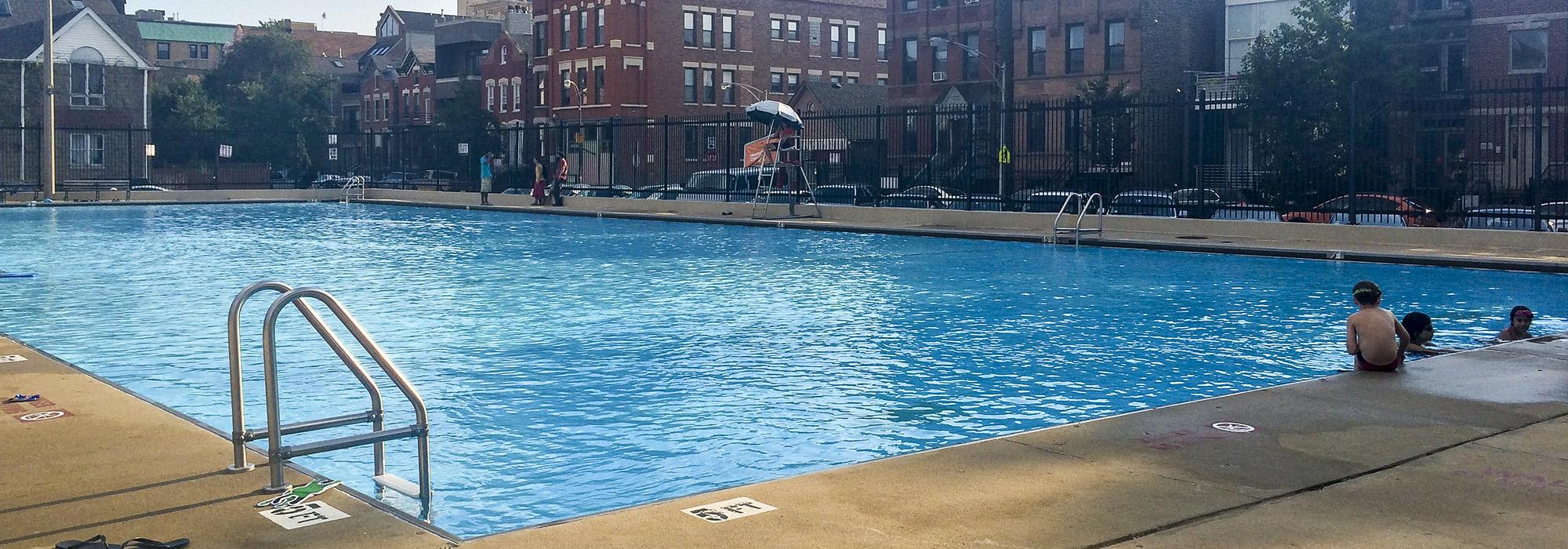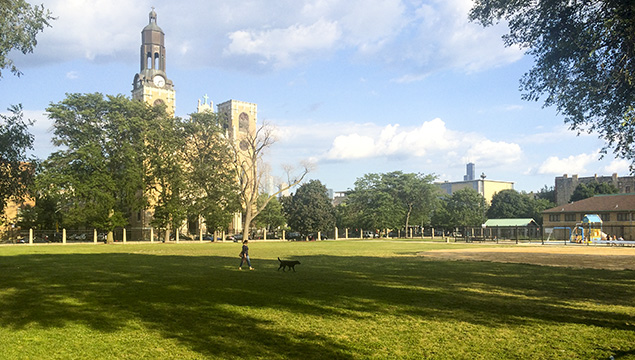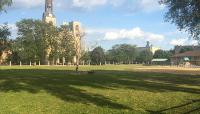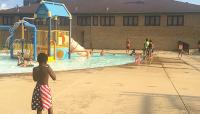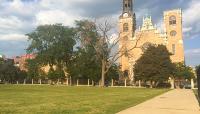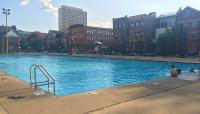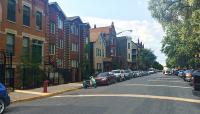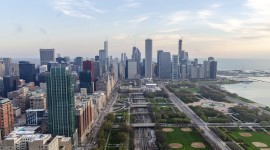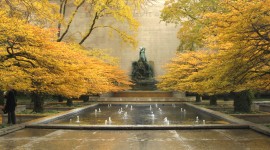Landscape Information
Named for Casimir Pulaski, a Polish soldier who fought in the American Revolutionary War, this 3.8-acre park lies just west of the north branch of the Chicago River. In 1899, Chicago’s Special Park Commission recommended the acquisition and improvement of land to be used as active neighborhood parks throughout the city. One of the Commission’s members, landscape architect Jens Jensen, was selected to design those parks in the West Park System. In 1911 a section of a densely populated Polish neighborhood was selected by the West Park Commission to be developed as “Park No. 5.” To make way for the park, 90 buildings were razed or relocated, displacing some 1,200 residents.
Jensen developed the design for the park (completed in 1914), which included architect William Carbys Zimmerman’s elaborate fieldhouse at the north end of the site. The four-story fieldhouse included two gymnasiums, an auditorium, and a courtyard that opened to the south, facing the park. A pool house, swimming pool, playground, spray pool, bandstand, and open-air shelter occupied the opposite end of the park, while at its center, a sunken, ovoid ballfield (flooded for ice skating in the winter) was encircled by a running track. In 1921, the bandstand and shelter were removed to accommodate an expansion of the playground and, later, the ballfield and track were replaced with a rectangular lawn. The fieldhouse and Pulaski Park were listed in the National Register of Historic Places in 1981.



